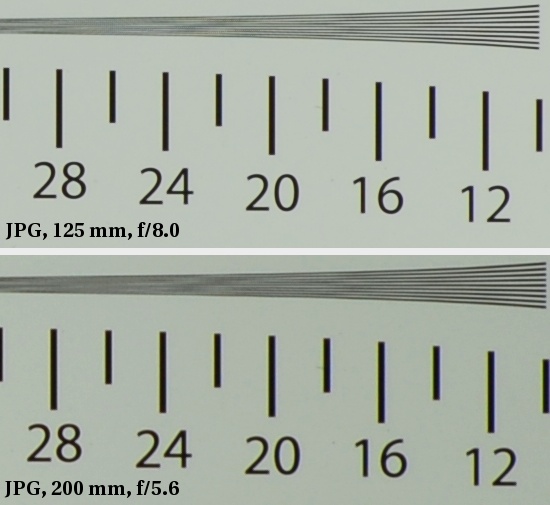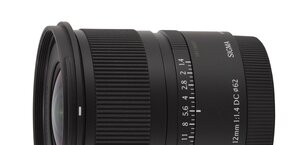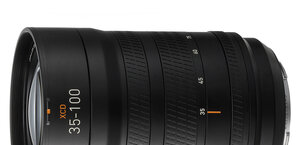Nikon Nikkor AF-S DX 55-200 mm f/4-5.6G IF-ED VR
4. Image resolution
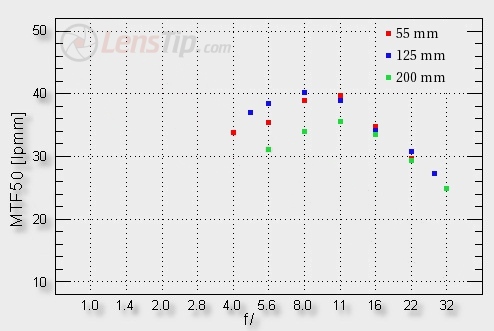
The performance at 55 mm is slightly worse in the new model – it can be observed especially near maximum relative aperture. Here the similarities stop, though, because at 125 mm the Nikkor 55-200 mm VR fares better, presenting a very nice behaviour indeed. At 200 mm the results are a bit weaker but still better than in the case of the model without stabilization.
Please Support UsIf you enjoy our reviews and articles, and you want us to continue our work please, support our website by donating through PayPal. The funds are going to be used for paying our editorial team, renting servers, and equipping our testing studio; only that way we will be able to continue providing you interesting content for free. |
- - - - - - - - - - - - - - - - - - - - - - - - - - - - - - - - - - - - - - - - - - - - - - - -
Overall, in the resolution category we noticed a small step forward in the frame centre. Perhaps the achievements don’t reach the level of primes, which significantly and without any problems exceed 40 lpmm but, after all, we deal here with a cheap amateur zoom lens and its performance should be assessed well here.
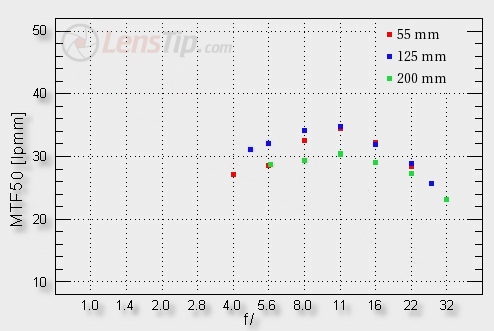
The score is not as clear in the case of frame edge resolution though. At 200 mm the current model as well as its predecessor perform identically. In the case of the shortest focal length the model without stabilization is significantly better than the stabilized lens. An opposite situation we notice for the middle of the range – here the stabilized device fares significantly better.
Traditionally we leave the comparison between our ISO charts crops for the end of this chapter.
